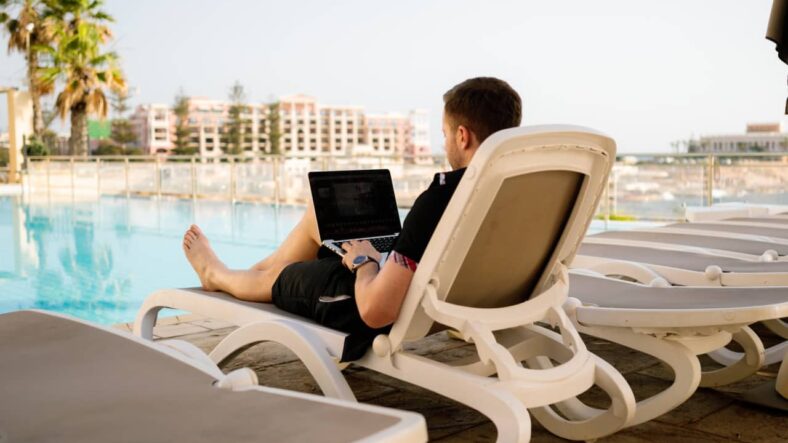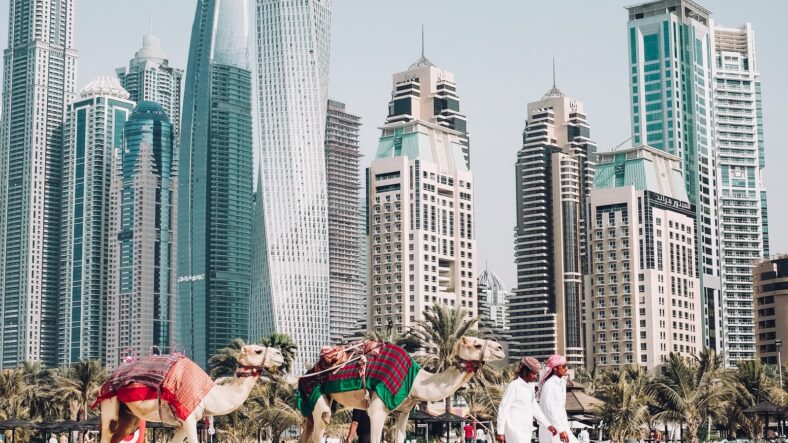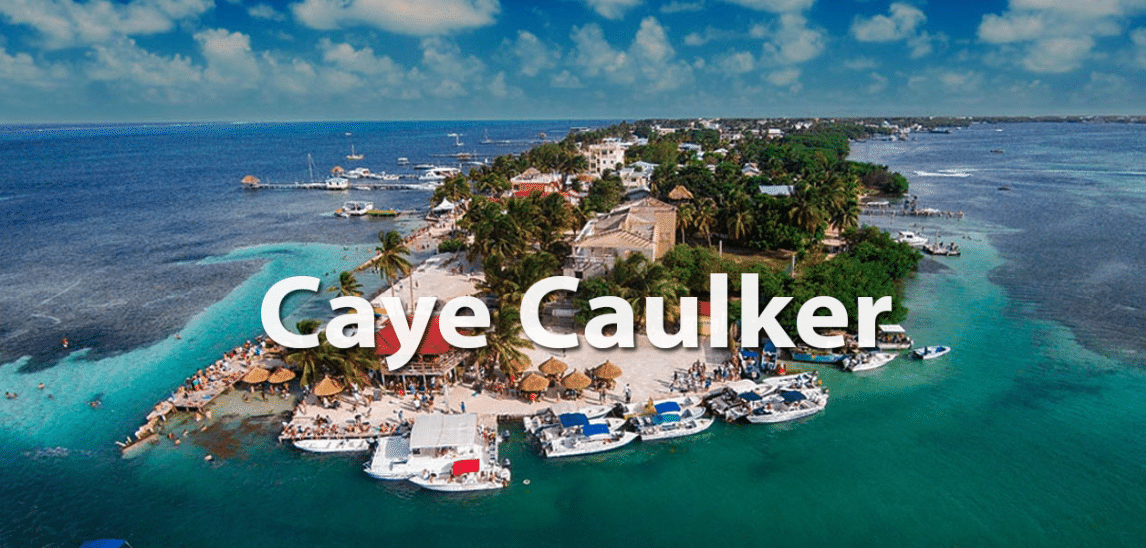The Sacred Valley Peru of the Incas (Spanish: Valle Sagrado de Los Incas; Quechua: Willka Qhichwa), or the Urubamba Valley, is a valley in the Andes of Peru, 20 kilometers (12 mi) at its closest north of the Inca capital of Cusco. It is located in the present-day Peruvian region of Cusco. In colonial documents, it was referred to as the “Valley of Yucay.” The Sacred Valley was incorporated slowly into the incipient Inca Empire during the period from 1000 to 1400 CE. The Sacred Valley is a major tourist destination. In 2013, 1.2 million people, 800,000 of them non-Peruvians, are estimated to have visited Machu Picchu, its most famous archaeological site.
Stretching from Pisac to Ollantaytambo, this fertile valley is irrigated by the Urubamba River. The Chanapata civilization first utilized this area starting at around 800 BCE because of the rich soil used for agriculture. The Qotacalla civilization lived in the Sacred Valley from 500 to 900 CE The Killke civilization then lived in the Sacred Valley from 900 CE until the Incan Empire took over the region in 1420.

Tourist Attractions At Sacred Valley
Pisac
Pisac has located 32 km from Cusco, 2 972 meters above the sea level. It is located in the foothills Intihuatana has the best system of terraces made by the Incas in the Andes. Near the village stands the Archaeological Park of Pisac, Inca archaeological locations, constructions in polished stone, citadel, turrets, military fortresses, astronomical, etc. Stresses the Inca cemetery which is the largest in America. Every Thursday and Sunday takes place in the main square the “Indian market” the fair of crafts, outstanding beautiful ponchos, textile crafts, sweaters, bags, etc. and ceramic crafts, the queros (ceremonial glasses), necklaces, etc.
Sacsayhuamán
Sacsayhuaman is at 3,490 meters, is a very important archaeological site because it has many buildings in limestone which is one of the hardest rocks. Sacsayhuaman covers an area of 3,093 hectares. The valley is surrounded by mountains Ausangate, Pachatusan, and Cinca Mountains, and is bathed by the river Tullumayo. This area has a beautiful landscape, abundant flora and fauna, among which stand out the llamas and hawks. The area where is the fortress is the head of the sacred animal.
Qenko
Is an archaeological site, consists of two sites: the Great, located at the foot of the road leading from Sacsayhuaman to Pisac, and Small, which is 350 meters west of the former, on the hillside. This shrine is located on what is now known as the Socorro hill and covers an area of slightly more than 3,500 square meters. At the time of the Inca Empire was another center dedicated to the rite and is of particular interest as its semi-circular amphitheater and underground galleries.
Best Things To Do In The Sacred Valley
Ollantaytambo Ruins & Town
Ollantaytambo is a beautiful little town located on the far side of the Sacred Valley from Cusco. Lovely cobbled streets and quaint cafes make this a popular destination among tourists. The town is probably the best surviving example of Inca town planning. Be sure to stop at Hearts Cafe for a lovely coffee and snack and then visit the Chocolate Museum!
White River Rafting And Mountain Biking Tours
If you’re the adventurous type then you won’t want to miss out on some white water rafting and mountain biking when you’re in the valley. Many operators offer both activities and you’ll have a wide choice of locations.
Mountain biking is one of the best activities you can do in the region and you’ll be able to take in many Inca ruins such as Qenqo, Puca Pucara, “The X Zone” and Tambomachay as you wind yours along lovely trails and dirt roads.
Paraglide
The ultimate adventure activity, paragliding gives you incredible and dramatic views over the entire Sacred Valley. You won’t need any previous experience as all operators offer a tandem glide.
Make sure to book with a recommended operator though as your safety is the most important thing. This is one of the most adrenaline-filled experiences you can do and you’ll see the Sacred Valley from a vantage point that not many others can claim.

Entrance Fee To Sacred Valley
But first things first. You surely couldn’t think that a tourist attraction of such importance would be for free.
Technically, when entering the Sacred Valley, you don’t need to pay anything – you can travel freely in a car, by bus or by train and experience the beauty of the country. But you must pay an entrance fee when visiting every single ruin in the valley and the price is pretty steep.
- If you’re planning on visiting multiple sites, the best option is to buy an integral ticket. The ticket costs S/130, and it is valid for ten days and allows you to visit 16 sites (museums and ruins within Cusco and Sacred Valley).
- In case you don’t have that much time or want to visit only a couple of sites, you can buy a partial ticket.
- It costs S/70, but it is valid for only one day.
- But here’s a trick that ‘someone’ smartly divided all sites into three circuits, so it means that if you want to visit two sites which are not in the same circuit, you must purchase either two tickets or buy the ten-days pass straight away.
Sacred Valley Peru Best Hotels
Skylodge Adventure Suites
These aluminum and polycarbonate pods that cling to a granite slope above the Urubamba Valley are totally unique. With the night sky twinkling overhead as you sleep, you feel more like you’re staying in a spaceship than a hotel.
Explora Valle Sagrado
A stylish, low-slung, lavishly appointed wooden lodge in the beautiful Sacred Valley between Cuzco and Machu Picchu. The property sits inside a former hacienda with guest rooms looking out on to Inca terraces, fields of quinoa and corn, and the Vilcabamba mountain range, part of the Andes.
Tambo del Inka
One of the most luxurious properties in the Sacred Valley, boasting a wide range of guest services, stunning Inca-inspired architecture, and superlative Andean cuisine. Slow travel suits thin air, making this ideal for anyone in need of a breather en route to Machu Picchu.






